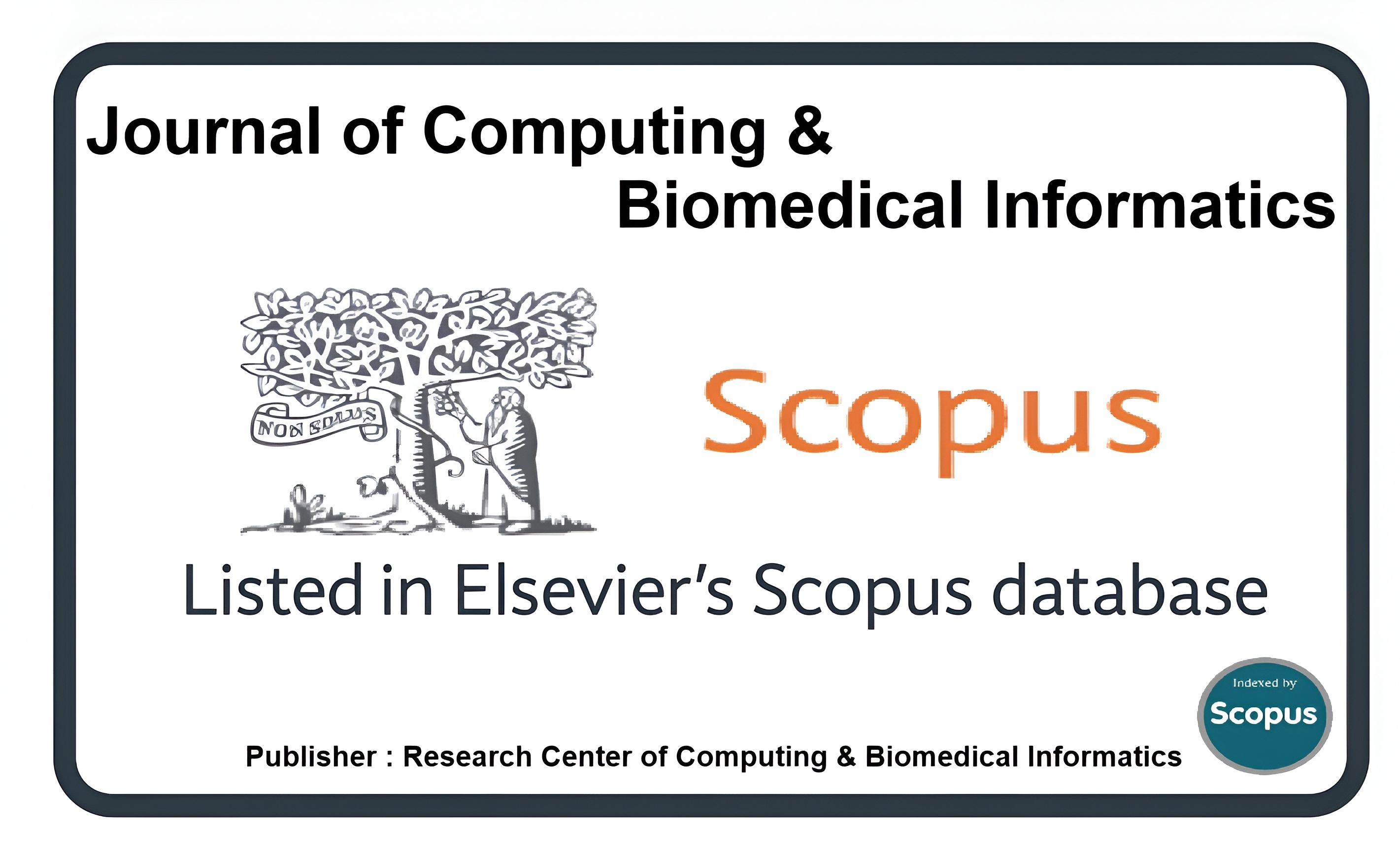A Novel Multi-Tiered Security Architecture for IoT: Integrating AI, Blockchain, and Efficient Cryptography
Keywords:
Cryptography, Block Chain, Artificial Intelligence, Security, Intrusion Detection Systems, K-Nearest NeighborsAbstract
The rapid expansion of the Internet of Things (IoT) has transformed numerous sectors by enabling smart connectivity and data-centric decision processes. Nevertheless, the swift growth of IoT networks poses significant security and privacy challenges due to their scale, heterogeneity, and the substantial amount of confidential information they transmit. This research proposes a layered approach to enhance the protection of IoT devices and their communications. The study explores several key technologies, including artificial intelligence-powered intrusion detection systems (IDS), authentication frameworks based on blockchain, and efficient cryptographic algorithms. The proposed model integrates machine learning techniques such as k-Nearest Neighbors (KNN) and Multi-Layer Perceptron (MLP) to identify and categorize anomalies in IoT data. Results indicate that both MLP and KNN performed exceptionally well, achieving accuracy rates of approximately 98% with minimal.
Downloads
Published
How to Cite
Issue
Section
License
This is an open Access Article published by Research Center of Computing & Biomedical Informatics (RCBI), Lahore, Pakistan under CCBY 4.0 International License





